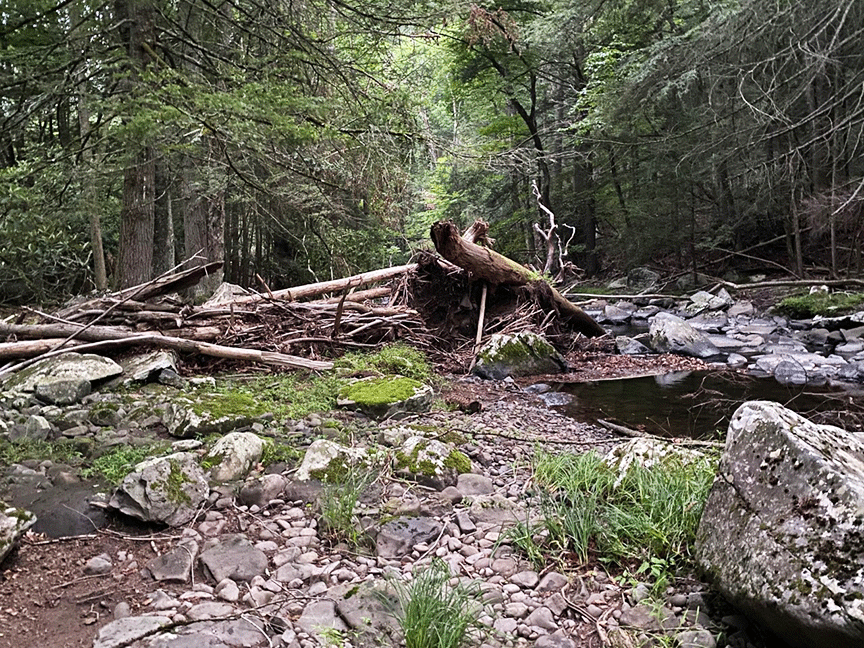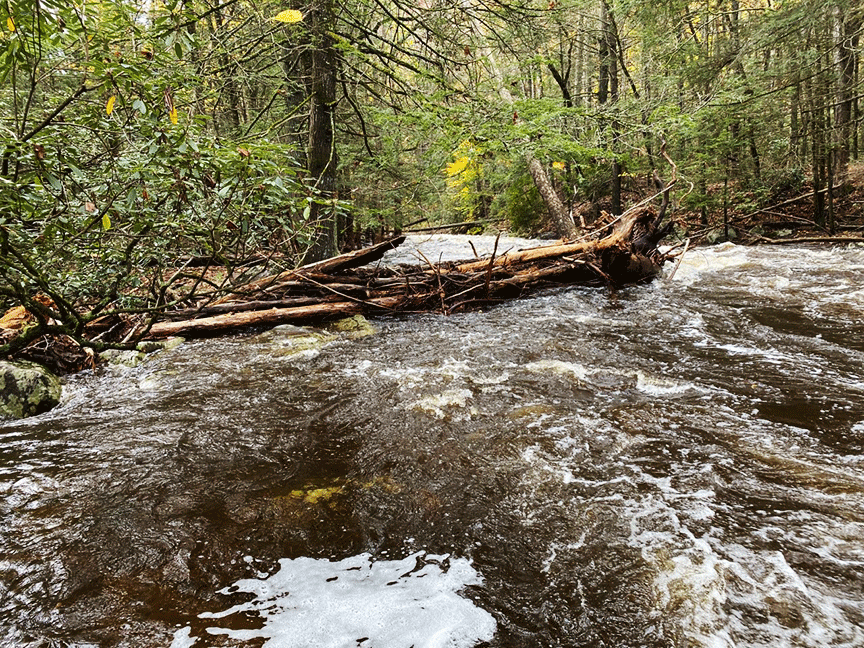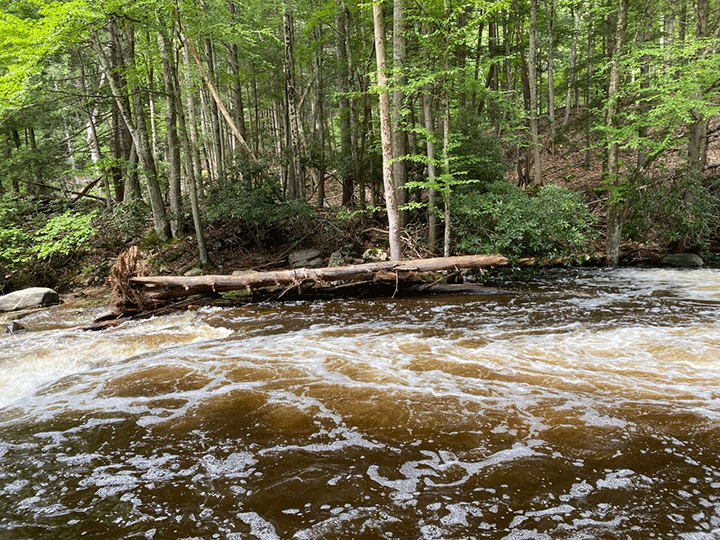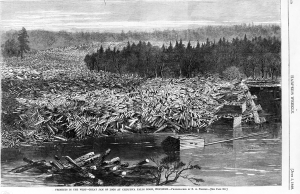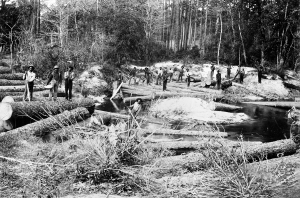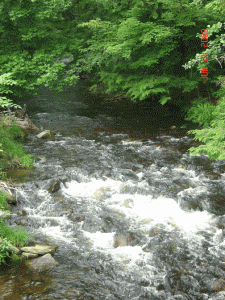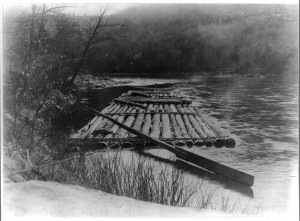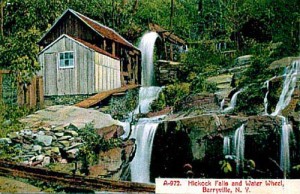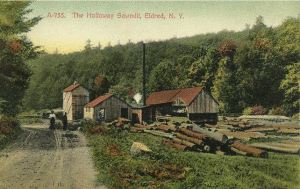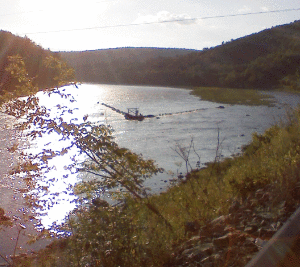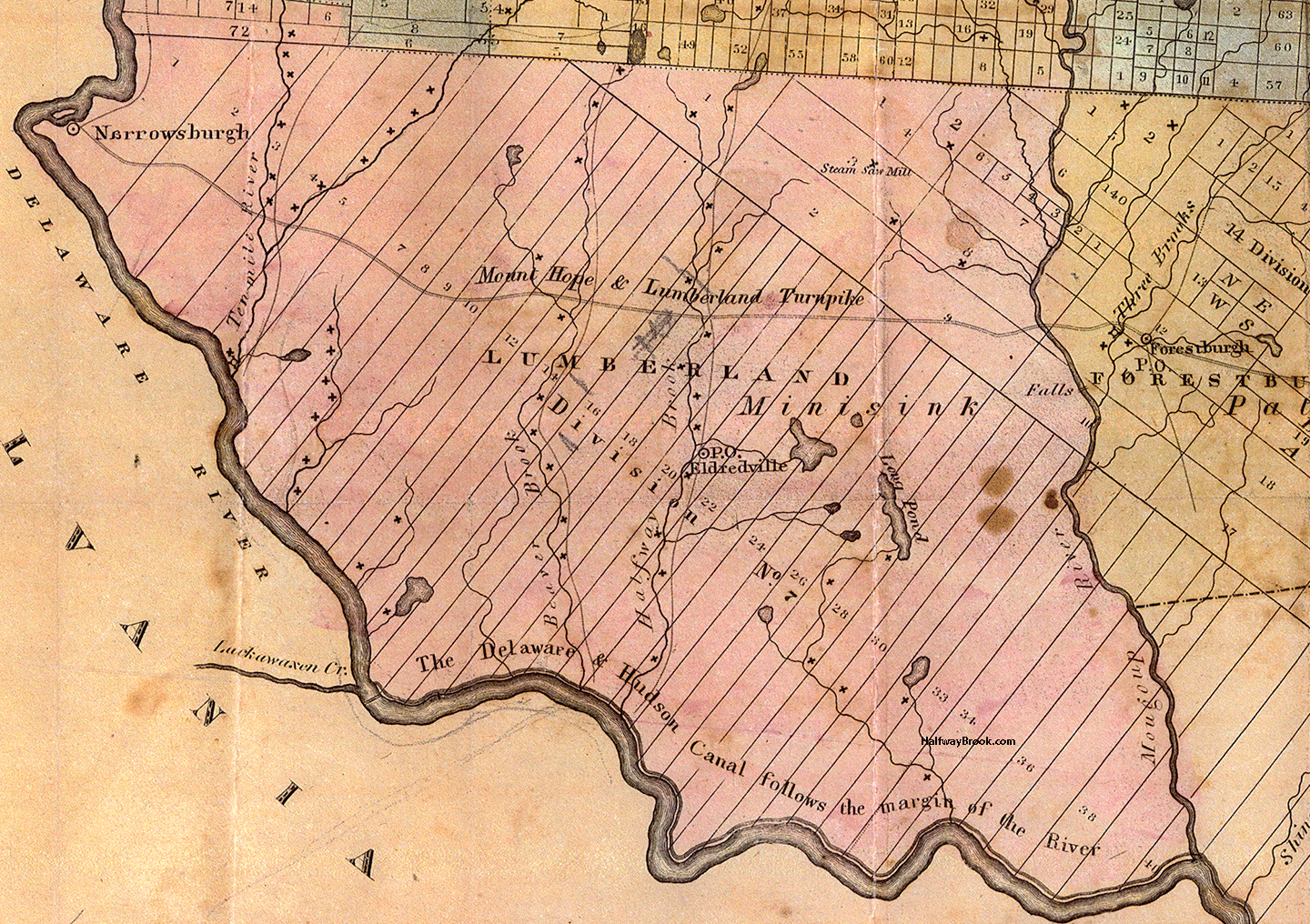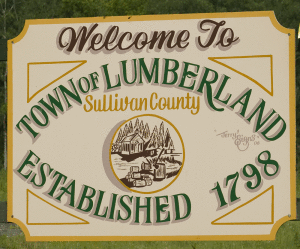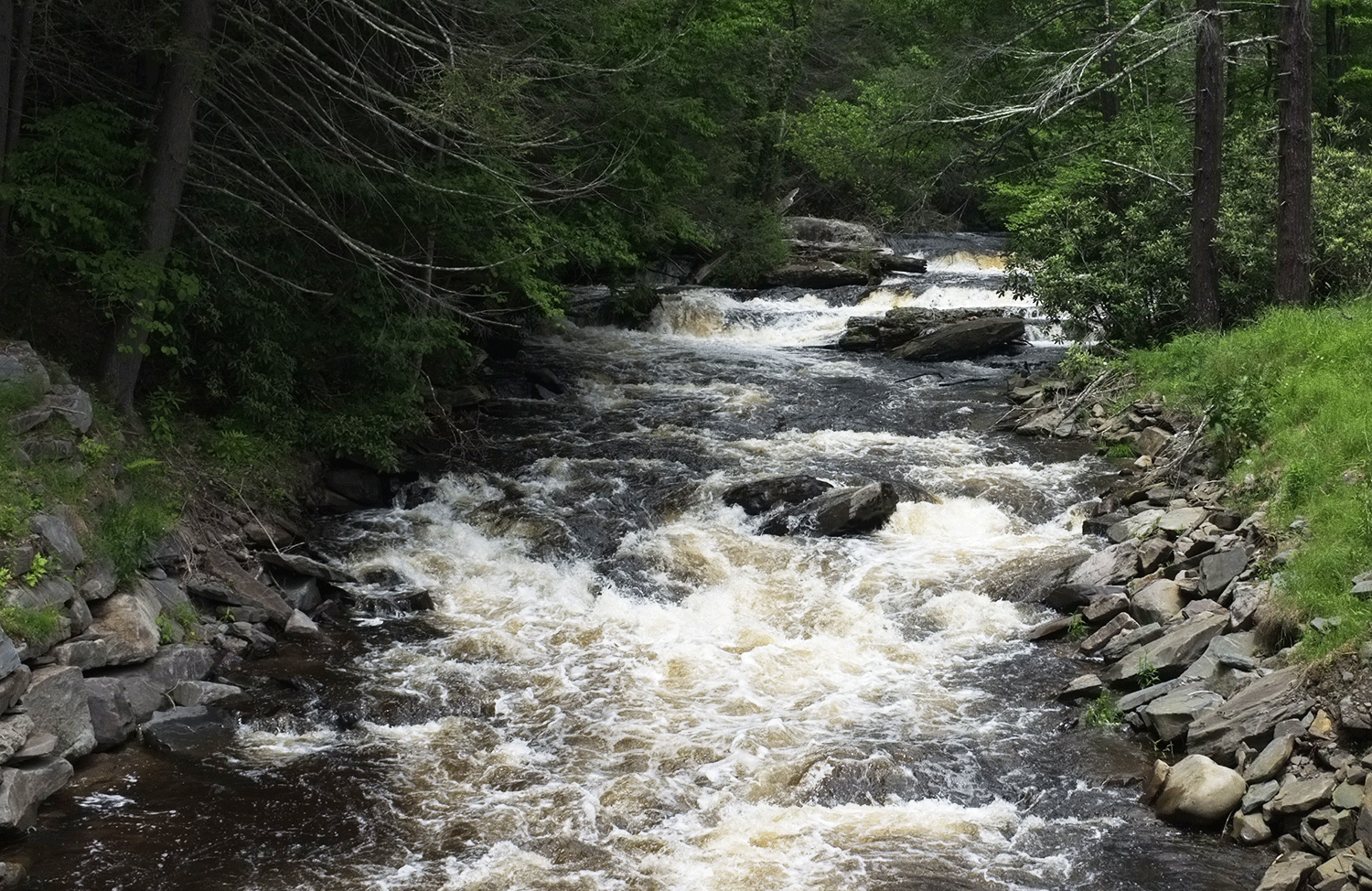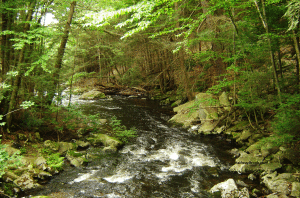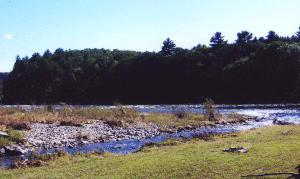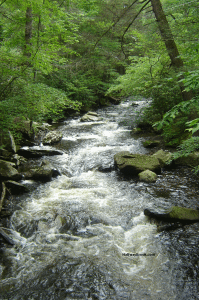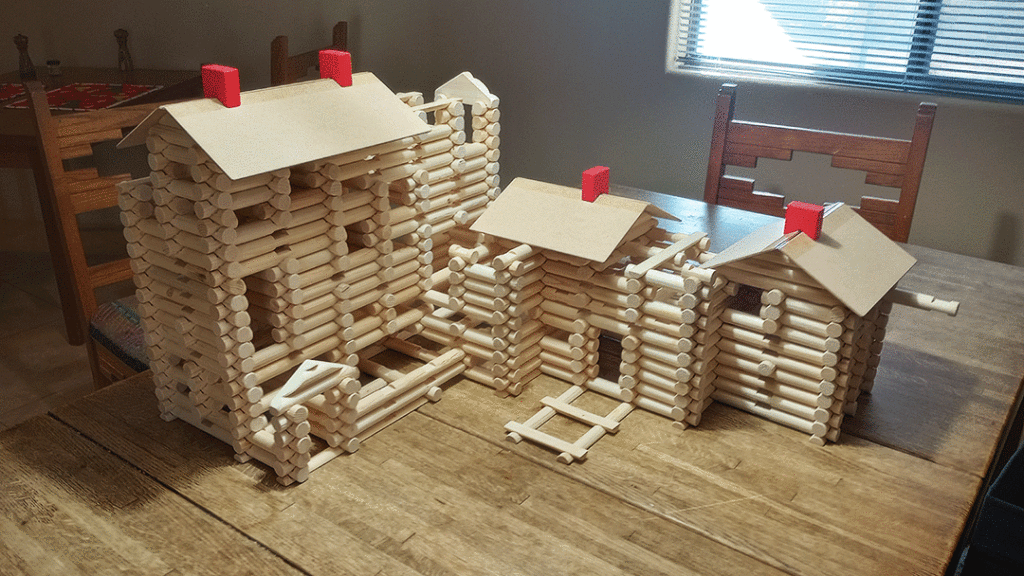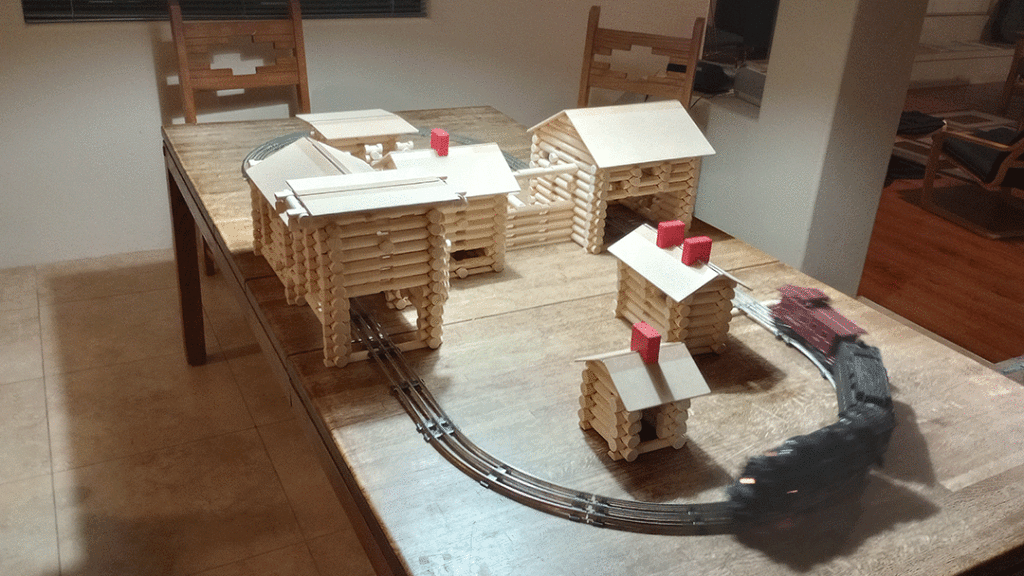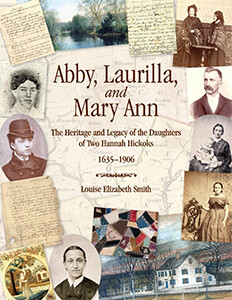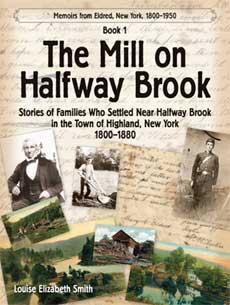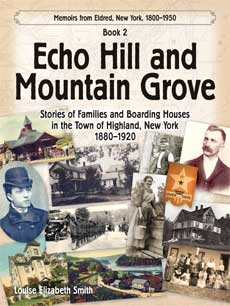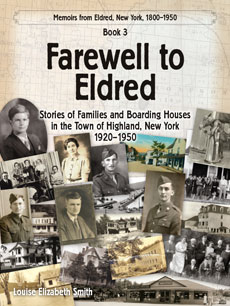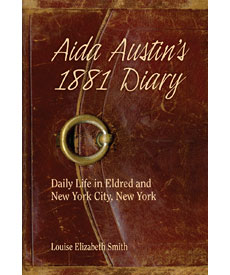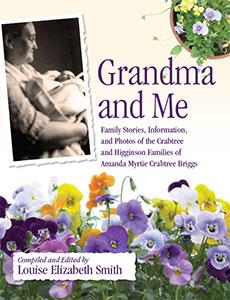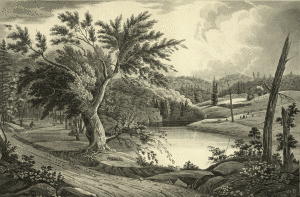
There was still no good way to travel on land in 1828.
Whether you walked or rode a horse, the roads were rough and through the wilderness.
In 1829 whether by foot, horseback, canal or all three, Doctor Perkins journeyed from Poughkeepsie (on the Hudson River), New York, and managed to arrive in Lumberland, where he would be the only physician for over 300 square miles. Fortunately, the people were usually healthy.
Doc Perkins treated disease with one of five or six prescriptions—if he could find the description in his book. He did not like the homelike, superstitious ideas, and notions that prevailed at the time.
Doc Perkins first boarded at Robert Land’s house at Beaver Brook, four miles back from the river and canal. The fun loving, agreeable doctor, always wore a suit of heavy winter clothes, and traveled on horseback without a padded saddle or coated stirrups.
“Thus for 24 years, he traveled many thousands of miles over the rough highways, the narrow timber roads, the cow paths; over hills and through valleys, through dark, dense wildernesses and groves of lofty timber, during night and day, amid sunshine and storm, cold and heat…”
Doc Perkins charged twenty-five cents for a visit to the village or the area nearby, with the option to pay or not. A visit to Ten Mile River from Barryville (eleven miles through the woods), was seventy-five cents. One family of 5 children and a mother, he contracted for $5 a year. Some families never paid the doctor, though he had called on them for 18 years.
The good doctor married Comelia Dabron in 1832, and they moved into the old Hickok farmhouse, two miles from Barryville on the way to Halfway Brook Village.—Johnston, Reminiscences, pp. 340, 342, 343

